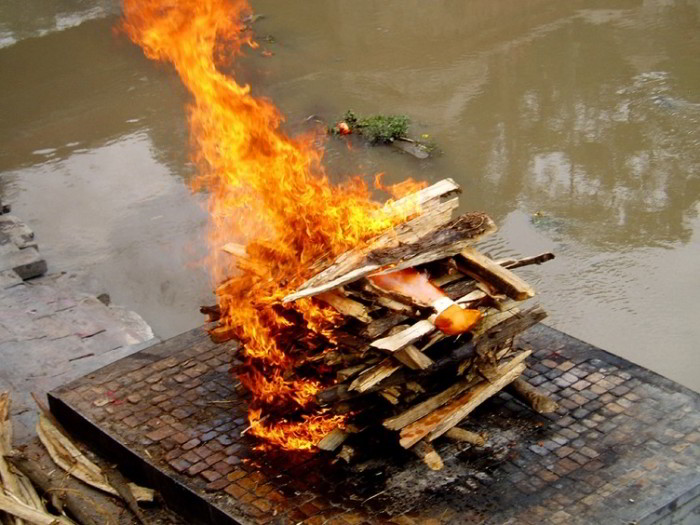Disposal of human remains by burning them at incredibly high temperatures in a particular furnace. Cremated human remains weigh from 3 to 9 pounds and are composed mostly of bone fragments. They may be put in a particular um or other container, determined by the wishes of the family. Some faiths disapprove of or completely prohibit cremation, like Islam.
The remains may be buried in a cemetery plot, or, if in accordance with state laws, they may be strewn in a location that’s significant to the dead person or to the family. Additionally, there are some graveyards that provide places with special ledges or “niches” for funeral urns to be kept. Some individuals choose to retain the remains in an urn or other receptacle that they keep within their house.
The family may choose to hold a memorial ceremony to honor the dead person, ranging from a simple to a more complex service. Before his death, Timothy Leary, the 1960s proponent of using drugs like LSD, organized to have his cremated remains shot into outer space with the remains of others.
Growing amounts of deceased people are cremated in America, Canada, and other states. The essential reasons for this selection are that cremation is much less expensive than in-ground interment in a graveyard as well as saves property. Additionally, it’s considered easier, more convenient, and less emotionally draining on the survivors of the deceased person.
Based on the Cremation Association of North America (CANA), there were about 604,000 Americans cremated in 2000. Cremation was the option in about 25 percent of departures, up from 21 percent in 1990. Cremation was also selected by a greater percent of individuals in Canada. There were 90,200 cremations in Canada in 1998 (the latest data available) according to CANA, which was about 42 percent of all Canadian departures. This percentage was up from about 31 percent in 1988.
It’s anticipated that cremation will continue to grow as a selection for the disposal of human remains. A 1999 survey of 1,000 Americans older than age 30 found that 46 percent said they’d select cremation instead of burial for both themselves and their loved ones. This percentage is up from the answer in 1990 when 37 percent said they’d select cremation.
The percent’s of cremations in other states vary greatly, based on data reported by CANA. By way of example, about 98 percent of deceased people were cremated in Japan in 1998, the maximum rate among data gathered. Other states with high speeds of cremations were the Czech Republic (76 percent), Hong Kong (79 percent), and Peru (75 percent). States with low rates of cremation, based on CANA data in 1998, were Ghana (2 percent), Italy (4 percent), and Ireland (5 percent).


